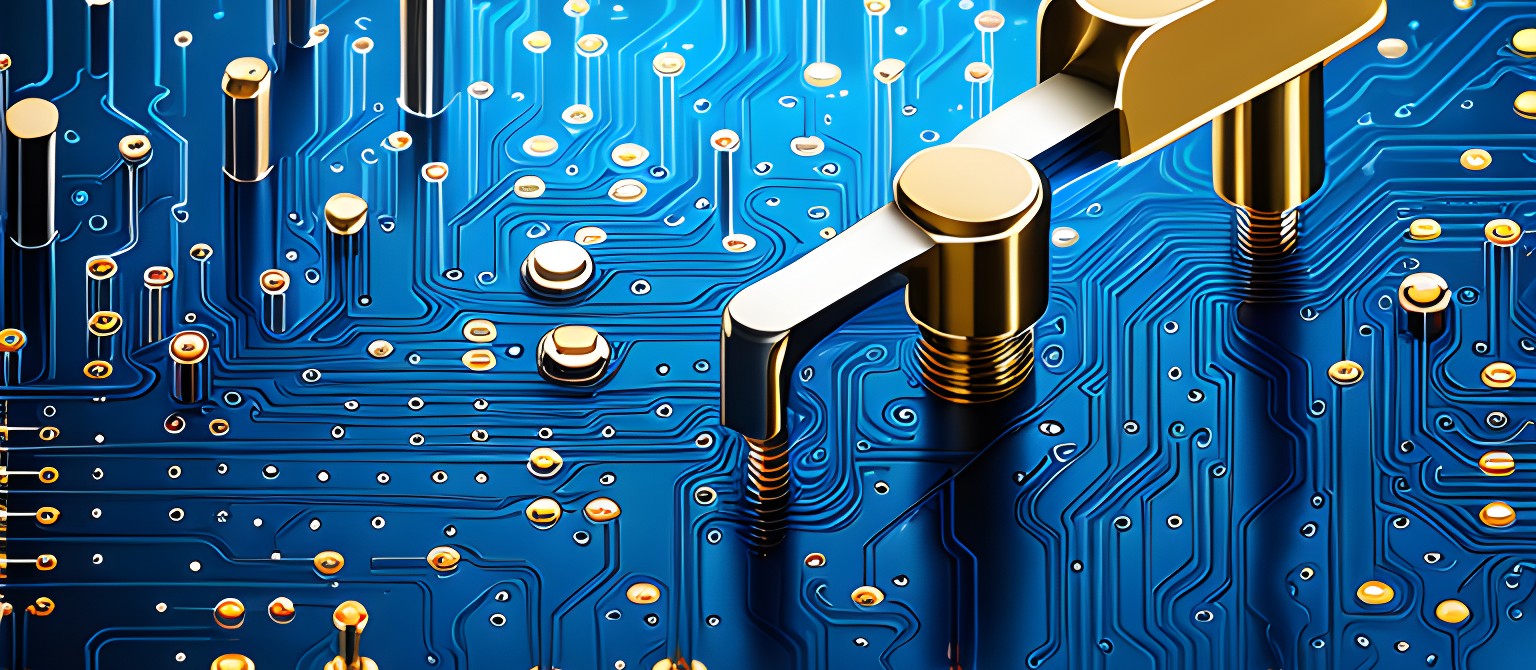PCB design, an integral aspect of modern electronics, has a rich history of innovation and evolution. Over the years, this technology has transformed significantly, shaping the electronics industry as we know it today. Let’s delve into the fascinating journey of PCB design, from its inception to the cutting-edge tools used today.
Evolution and Statistics:
PCBs, or Printed Circuit Boards, made their debut in the early 20th century. The 1940s witnessed the first use of PCBs in military and aerospace applications, gradually expanding into consumer electronics. Today, the global PCB market is valued at over $70 billion, driving the advancement of technology across sectors.
Technological Advancements:
The evolution of PCB design technology has been marked by remarkable milestones. Early designs involved labor-intensive manual techniques, while today’s designs are intricate, compact, and highly efficient. Miniaturization has led to higher component densities, allowing devices to become smaller yet more powerful.
Tools and Software:
Innovative software tools have been pivotal in the progression of PCB design. Leading software like Altium Designer, Eagle, KiCad, OrCAD, PADS, Allegro, Mentor Graphics Xpedition, DipTrace, EasyEDA, CircuitStudio, PCB123, Zuken CR-8000 provide designers with intuitive platforms to create intricate layouts, implement complex routing, and simulate circuits for optimal performance. These tools streamline the design process and foster collaboration among multidisciplinary teams.
Industry Practices:
The PCB design industry has embraced practices that ensure efficiency and quality. Design for Manufacturing (DFM) and Design for Testability (DFT) principles help identify and resolve issues during the design phase, reducing manufacturing defects and costs. Collaborative design processes and real-time collaboration tools enable seamless interaction between designers and engineers across the globe.
Future Outlook:
Looking ahead, the PCB design landscape continues to evolve. Advancements in flexible and rigid-flex PCBs cater to wearable technology and Internet of Things (IoT) devices. Moreover, the integration of Artificial Intelligence (AI) in design tools is poised to revolutionize the way designs are conceived and optimized.
In conclusion, the journey of PCB design from its early days to its current state is a testament to human innovation and the drive for progress. With a strong history, an array of sophisticated tools, and a commitment to industry best practices, PCB design remains at the heart of technological advancements that shape our modern world.


One response
[…] proper ground plane is essential for RF PCB design. The ground plane helps to shield RF signals from noise and interference. RF designers must […]